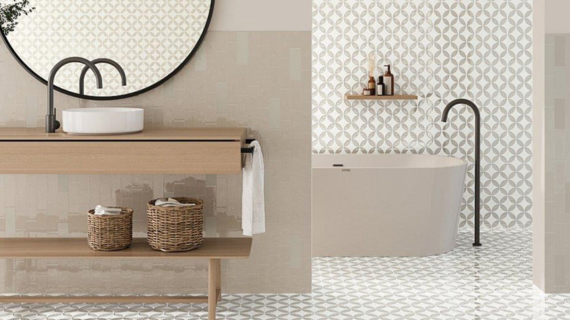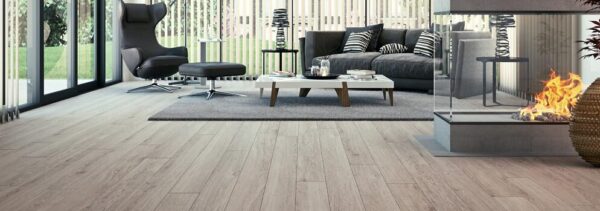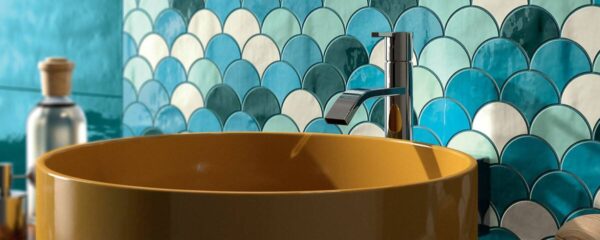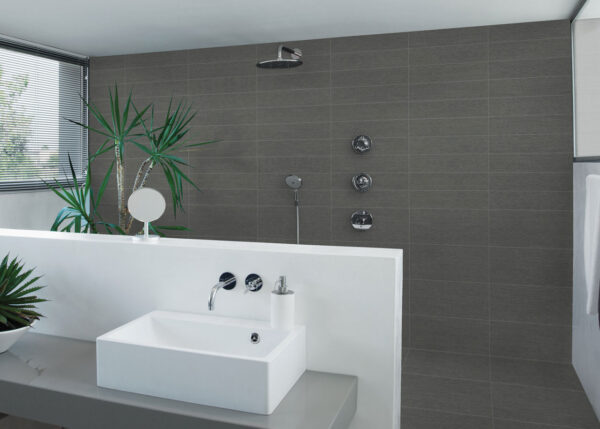Tile flooring is a versatile and stylish choice for many areas of your home, offering durability, beauty, and practicality. Whether you’re refreshing your bathroom, upgrading your kitchen backsplash, or adding elegance to your entryway, this guide will walk you through all things tile flooring—from installation tips to the variety of options available.
Why Choose Tile Flooring?
Tile flooring is a popular option for several reasons:
- Durability: Tiles are known for their incredible strength and ability to handle heavy foot traffic without showing signs of wear and tear. This makes them ideal for high-use areas such as kitchens, hallways, and entryways. Additionally, tiles resist scratches and dents, maintaining their pristine look for years.
- Water Resistance: Porcelain and ceramic tiles are excellent choices for moisture-prone spaces like bathrooms, kitchens, and laundry rooms. They are designed to repel water, preventing damage, warping, and mold growth. For areas with frequent spills, this property makes tile flooring a dependable and long-lasting solution.
- Design Variety: Tiles come in an unparalleled range of styles, colours, patterns, and textures, allowing you to create a customized look that fits your home’s aesthetic. From classic marble and sleek modern finishes to rustic terracotta and vibrant mosaics, there’s a tile for every taste. Tiles can also mimic other materials like wood or stone, offering a sophisticated look at a fraction of the cost.
- Low Maintenance: Tiles are incredibly easy to maintain. Their smooth, hard surfaces make cleaning a breeze—a simple sweep or mop will keep them looking fresh. Most tiles resist stains and don’t harbor allergens or bacteria, making them a hygienic choice for homes with kids or pets.
- Longevity: When installed correctly, tile flooring can last for decades, providing excellent value for your investment. Its resistance to fading and wear means you’ll enjoy a timeless look without frequent replacements.
- Eco-Friendly Options: Many tile manufacturers now offer eco-friendly products made from recycled materials. Additionally, tiles’ thermal properties can help regulate indoor temperatures, potentially reducing energy costs.
Installation: What You Need to Know
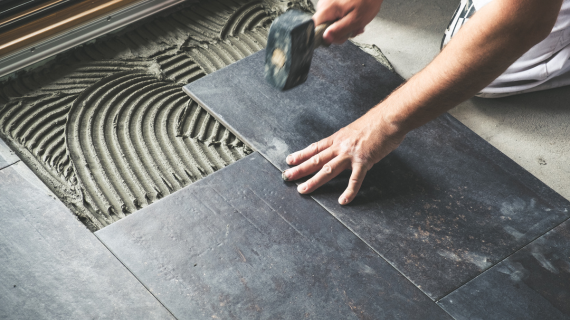
Proper installation is crucial for a successful tile flooring project. Here are some key considerations:
- Surface Preparation: A smooth installation begins with proper surface preparation. The subfloor must be clean, level, and dry to avoid uneven tiles or adhesive issues. For old flooring, remove debris or existing adhesive and repair any cracks in the subfloor.
- Adhesive Selection: Choosing the right adhesive is essential for a long-lasting tile installation. For ceramic and porcelain tiles, a standard mortar or thin-set adhesive works best. If you’re tackling a DIY project, peel-and-stick tiles are a beginner-friendly option that simplifies the process.
- Tile Placement: Plan your layout before starting the installation. Dry-fit your tiles to ensure proper alignment and spacing, especially in areas with tricky corners or fixtures. Spacers can help maintain uniform grout lines.
- Grouting: Grouting not only secures the tiles but also impacts the overall aesthetic. Select a grout colour that complements your tiles, whether you prefer a seamless look or a contrasting design. Apply the grout carefully, filling all gaps evenly, and wipe away excess before it sets.
- Sealing: If you’re using natural stone or certain types of grouts, sealing is necessary to protect against moisture and stains. Resealing periodically will help maintain your floor’s durability and appearance.
Can Flooring Be Installed Over Tile?
Yes, it’s possible to install new flooring over existing tile, but there are a few things to consider:
- Level Surface: The existing tile must be level, without any loose or damaged pieces. Irregularities can cause new flooring to crack or shift over time.
- Surface Treatment: If the existing tile has a high-gloss finish, it may need to be sanded or treated with a primer to improve adhesive bonding.
- Height Considerations: Adding a new layer of flooring over tile will increase the floor height, potentially affecting door clearances, transitions between rooms, and baseboard alignment. Plan accordingly to avoid unexpected complications.
- Moisture Concerns: In moisture-prone areas like bathrooms, ensure that the underlying tile and subfloor are free from water damage before proceeding.
What Flooring Is Best for Bathrooms?
When choosing flooring for bathrooms, water resistance, durability, and maintenance are crucial factors to consider. Bathrooms are high-moisture areas, so you want a floor that can withstand constant exposure to water, humidity, and daily wear and tear. Below are the three top options for bathroom flooring, ranked from best to worst:
- Porcelain Tiles
Porcelain tiles take the top spot due to their exceptional water resistance and durability. Made from denser clay, porcelain tiles have low water absorption, making them ideal for bathrooms. Their smooth surface also prevents water from seeping into the tile, minimizing the risk of mold and mildew. Available in a wide variety of colours, patterns, and textures, porcelain tiles are not only practical but can also be aesthetically pleasing. They are easy to maintain, resistant to scratches, stains, and discoloration, making them a long-lasting and low-maintenance choice. Their durability and water resistance make them the best option for bathroom floors. - Ceramic Tiles
Ceramic tiles are a close second due to their versatility and cost-effectiveness. They are highly water-resistant and come in a wide range of colours and styles, making it easy to match your bathroom’s aesthetic. Ceramic tiles are slightly less dense than porcelain, so they may absorb a small amount of water, but still provide a durable and safe flooring option for bathrooms. They are also relatively easy to maintain and clean, though they may show signs of wear over time, especially in high-traffic areas. While ceramic tiles are a great option for budget-conscious remodels, they might not be as long-lasting or durable as porcelain. - Natural Stone
Natural stone tiles, such as marble, granite, or slate, are beautiful and luxurious, giving bathrooms a sophisticated, high-end look. However, they rank lower due to the extra maintenance required to keep them in good condition. Stone tiles are porous and can absorb water, which can lead to staining or mold growth if not properly sealed. Regular sealing is necessary to protect the stone from water damage and maintain its appearance. Additionally, natural stone tends to be more expensive and can be more difficult to repair if damaged. While they offer stunning aesthetics, the extra care required and the risk of water absorption make them the least practical option for bathroom flooring, especially in a high-humidity environment.
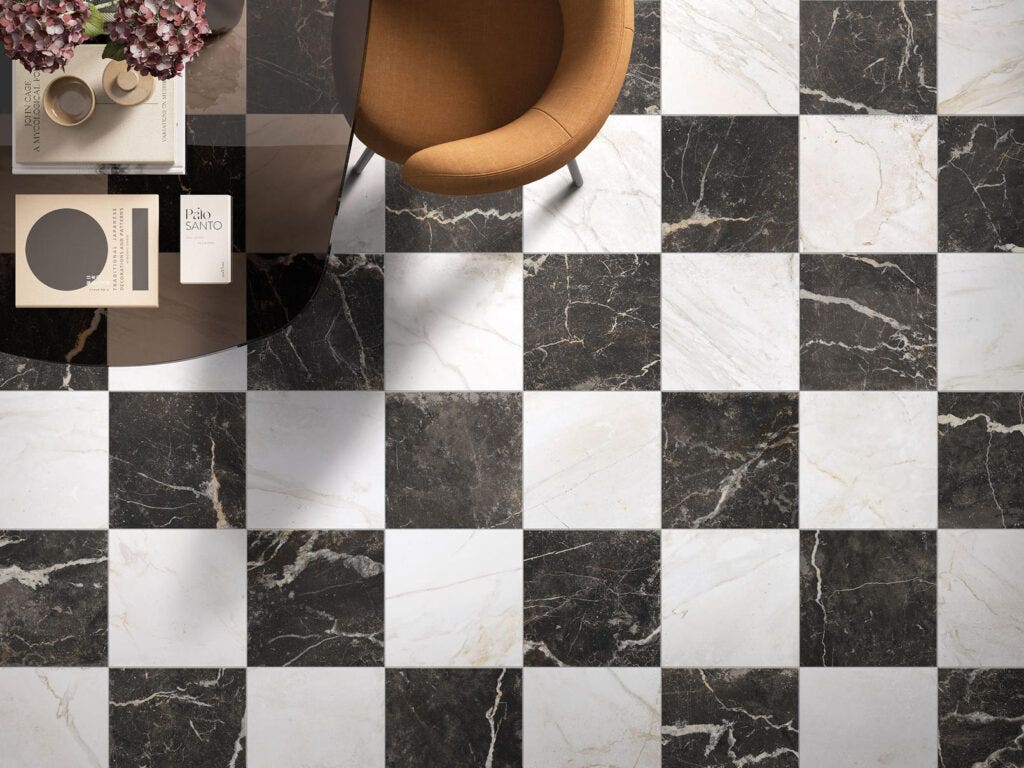
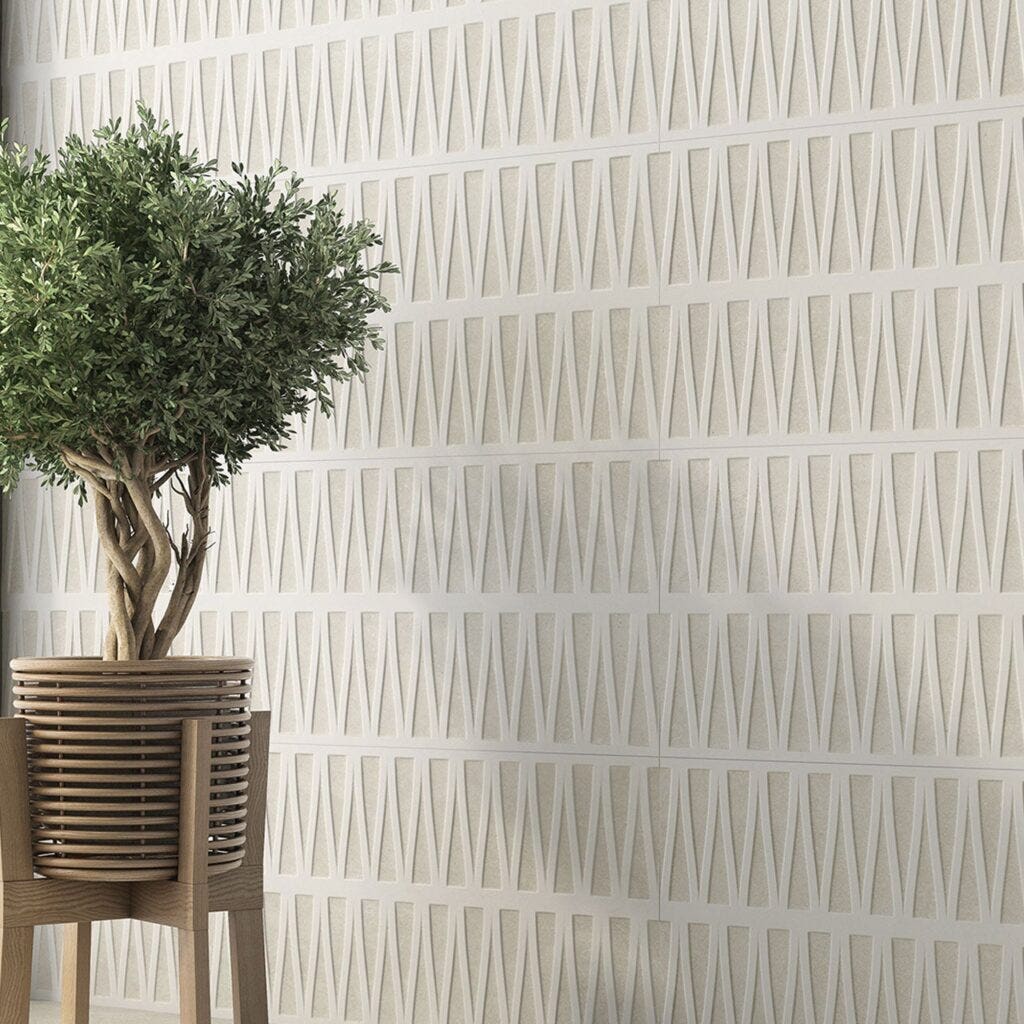
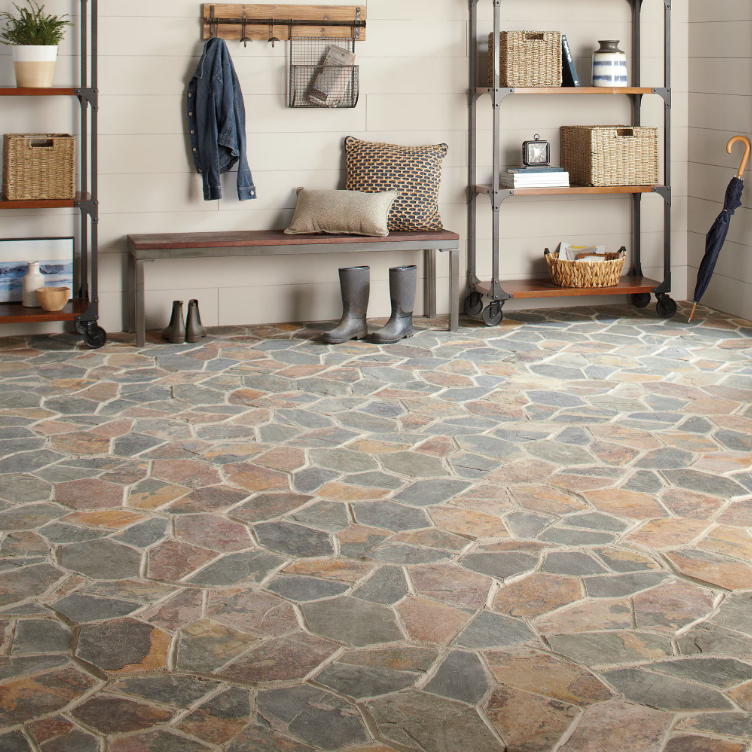
Things to Consider When Choosing Tile Flooring
Selecting the right tile flooring for your home involves more than just aesthetics—it requires thoughtful consideration of various factors to ensure the flooring suits the specific needs of each space. Below are key elements to keep in mind when choosing tile flooring:
- Room Functionality
Different areas of your home have different functional needs, and the type of tile you choose should reflect this.
- High-Traffic Areas: Hallways, kitchens, and entryways are subject to heavy foot traffic, so durability is a top priority. In these spaces, opt for tiles that can withstand constant wear and tear, such as porcelain or ceramic. These tiles are known for their strength and resilience, making them ideal for areas where people and pets are frequently moving about.
- Low-Traffic or Decorative Spaces: For rooms like bathrooms, bedrooms, or small accent areas, decorative tiles such as intricate mosaics, natural stone, or patterned designs can add personality and visual interest. Since these areas experience less traffic, durability is less of a concern, allowing you to be more creative with your choices.
- Slip Resistance
Safety is a major concern in spaces prone to moisture, such as bathrooms, kitchens, and entryways. Wet floors can become slippery, posing a risk for slips and falls.
- Textured Tiles: Tiles with a textured surface provide better traction, which can reduce the risk of slipping. Textured finishes like ridges or embossing are excellent for high-moisture areas such as shower floors or near bathtubs.
- Matte or Honed Finishes: Tiles with a matte or honed finish (as opposed to glossy or polished finishes) tend to be less slippery because they create more friction. While shiny tiles are beautiful, they can become dangerously slippery when wet, especially in areas like kitchens and bathrooms. For safety, opt for matte-finished tiles in wet environments.
- Style and Size
The size and style of your tile can drastically affect the look and feel of your space. Consider how the tile size and design will impact the overall appearance of the room.
- Large Tiles: Larger tiles, such as 12×12 or 24×24 inch sizes, can make a room appear more expansive and open. The fewer grout lines visible, the more seamless and continuous the floor will appear. Large tiles are ideal for creating a modern, minimalist look, and they’re particularly great for open-concept spaces such as living rooms or large kitchens.
- Small Tiles: Smaller tiles or mosaics can create intricate patterns and add visual interest. They work well in areas where you want to draw attention, such as feature walls or smaller spaces like bathrooms or entryways. They are also useful for fitting around irregular spaces or corners. While small tiles may require more grout, they can enhance the overall aesthetic with their detail and texture.
- Style Considerations: The style of tile you choose can complement the theme and mood of the room. For example, if you’re going for a rustic look, consider natural stone tiles like slate or travertine. If modern and sleek is more your style, polished porcelain tiles in a neutral colour might be the best fit. Additionally, tiles come in a wide range of colours, patterns, and finishes, which can be used creatively to tie in with your home’s décor.
- Tile Material
The material of your tile plays an essential role in its performance, durability, and overall aesthetic appeal.
- Porcelain and Ceramic Tiles: These are the most commonly used options due to their versatility, durability, and ease of maintenance. Porcelain tiles are denser and less porous than ceramic tiles, making them especially well-suited for high-moisture areas. Both materials come in a variety of colours and finishes, and they are available at a range of price points.
- Natural Stone Tiles: Natural stone like granite, marble, or slate adds a luxurious and timeless appeal to any space. While stunning, stone tiles require more maintenance, as they may need to be sealed regularly to protect against stains and water absorption. They’re an excellent choice for creating a high-end aesthetic in areas like living rooms or master bathrooms.
- Glass and Metal Tiles: Glass tiles can reflect light, making a space feel brighter and more open, while metal tiles (such as stainless steel) can add a modern touch to kitchens or industrial-themed spaces. These materials can be more delicate and may require specific care.
- Maintenance and Durability
Consider the long-term maintenance requirements of different tiles. Some tiles require regular sealing (like natural stone), while others, like porcelain, are much more low maintenance. Durability is also crucial, particularly in high-traffic or high-moisture areas. It’s important to choose tiles that are not only visually appealing but also able to stand up to the demands of your home for years to come.
By thoughtfully considering these factors—room functionality, slip resistance, style and size, material, and long-term maintenance—you’ll be able to select the perfect tile flooring to enhance your space, ensuring both style and practicality.
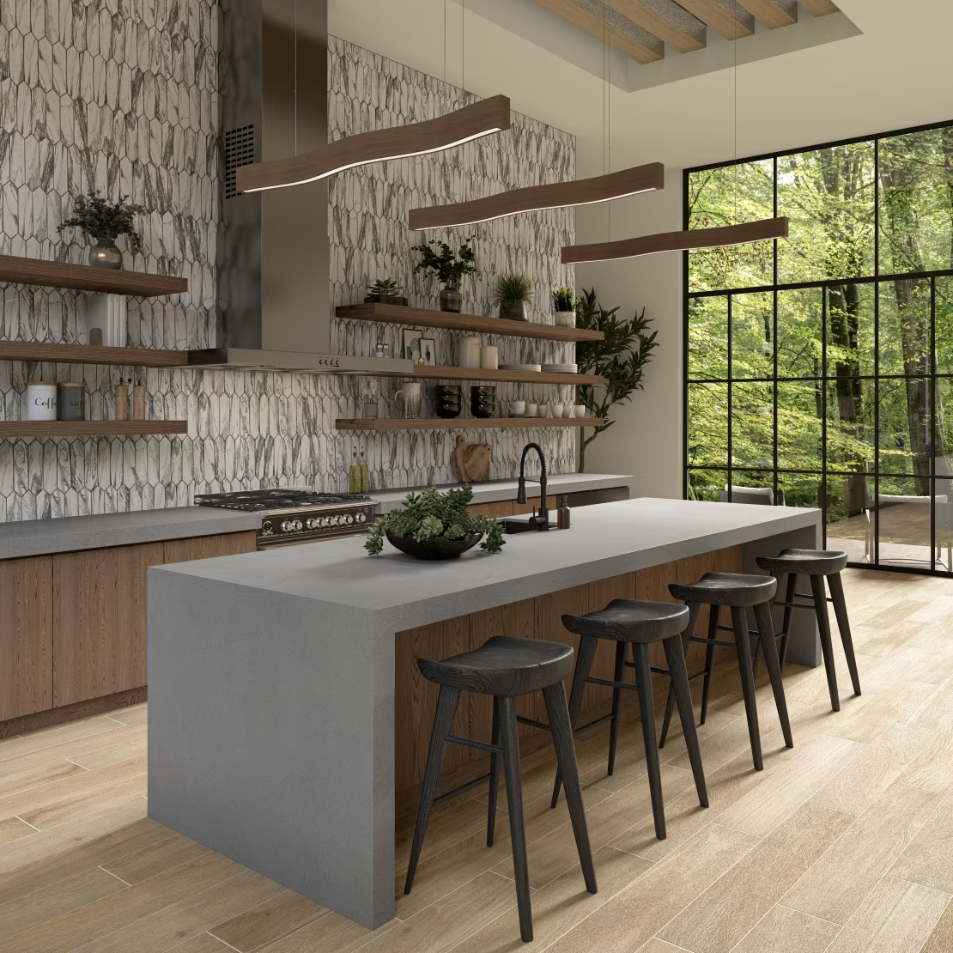
FAQs
Why Flooring Tiles?
Flooring tiles offer unmatched durability, ease of maintenance, and design flexibility. They’re perfect for areas that see a lot of wear and tear, as well as spaces where moisture is a concern.
Can Flooring Be Installed Over Tile?
Yes, you can install new flooring over existing tile, but the surface must be properly prepared, and height adjustments should be taken into account.
What Flooring Is Best for Bathrooms?
Porcelain tiles are a top choice for bathrooms due to their water resistance and durability. Ceramic tiles and natural stone are also excellent options, depending on your style preferences and budget.
Discover More
Ready to explore your tile flooring options? Visit your local Nufloors location or our Tile Products Page for inspiration and expert advice on finding the perfect tiles for your home.

